Co-parenting can be a challenging journey, especially when parents are no longer living together. To ensure a smooth and harmonious co-parenting relationship, a parenting agreement can be a valuable tool. This written document outlines the day-to-day care and responsibilities of parents for their children, aiming to clarify expectations, establish clear arrangements, and support the child’s emotional and physical well-being.
By documenting these arrangements, parents can avoid misunderstandings, foster a sense of stability for the child, and help parents understand their rights and responsibilities.
What is a Parenting Agreement?
A parenting agreement is a formal document that details the roles and responsibilities of each parent in raising their child. It covers various aspects of co-parenting, such as custody schedules, visitation rights, decision-making authority, financial responsibilities, and communication guidelines.
This agreement serves as a roadmap for co-parents to navigate their co-parenting relationship effectively.
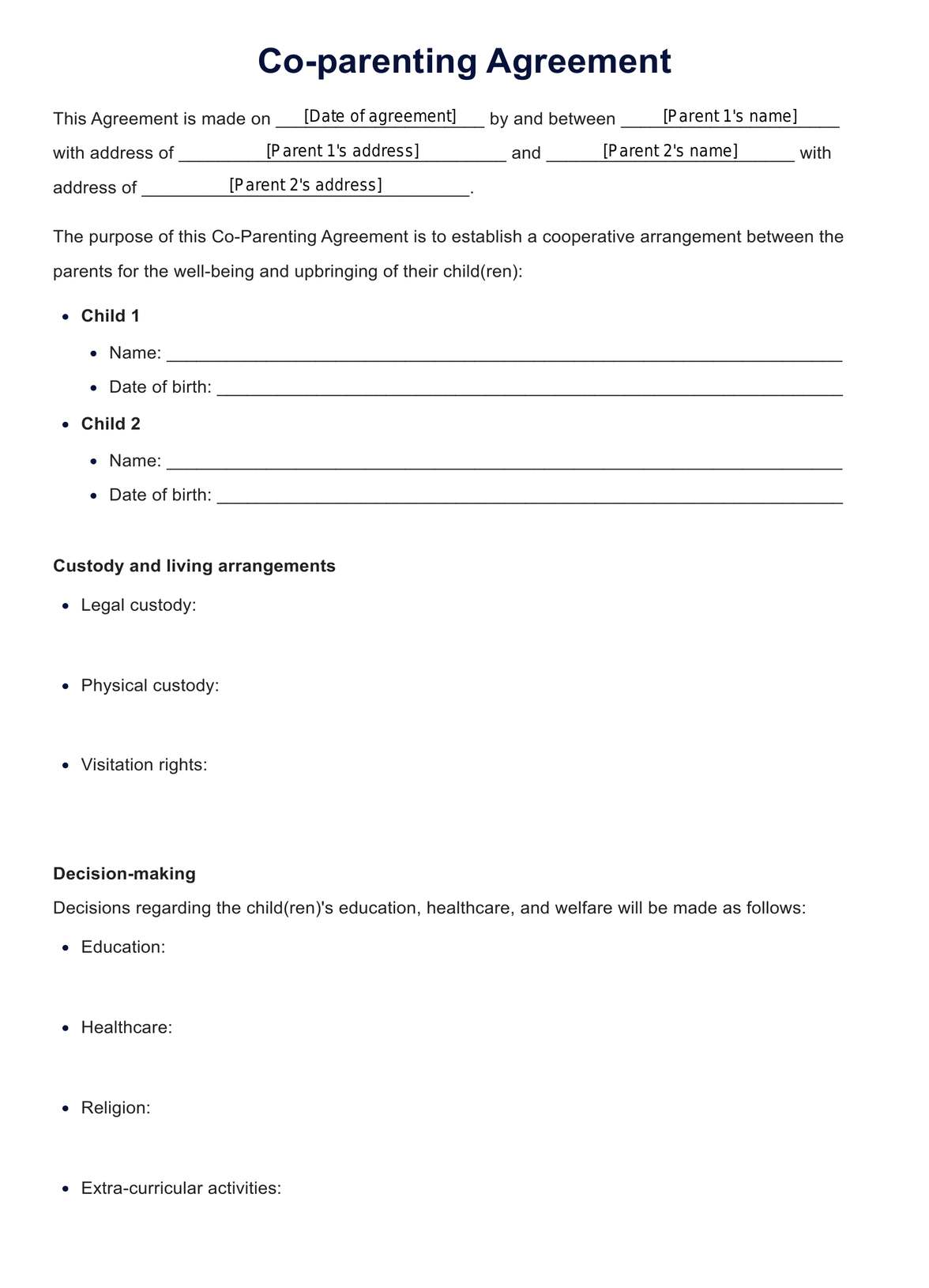
Why is a Parenting Agreement Important?
Having a parenting agreement in place is crucial for several reasons:
- Clarity: It provides clarity on each parent’s roles and responsibilities, reducing conflicts and misunderstandings.
- Stability: It creates a sense of stability and predictability for the child, promoting their emotional well-being.
- Legal Protection: It helps protect the rights of both parents and ensures that the child’s best interests are prioritized.
- Communication: It establishes guidelines for effective communication between co-parents, fostering a positive co-parenting relationship.
How to Create a Parenting Agreement?
When creating a parenting agreement, consider the following steps:
- Discuss with the Other Parent: Sit down with the other parent to discuss and negotiate the terms of the agreement.
- Consult with a Mediator or Lawyer: If needed, seek the help of a mediator or lawyer to assist in drafting the agreement.
- Include Specific Details: Be specific about custody schedules, visitation arrangements, decision-making processes, and financial obligations.
- Consider the Child’s Best Interests: Ensure that the agreement prioritizes the child’s well-being and takes into account their needs and preferences.
Examples of Parenting Agreements
Here are some common elements found in parenting agreements:
- Custody Schedule: Detailing the specific days and times each parent will have custody of the child.
- Visitation Rights: Outlining the visitation schedule for the non-custodial parent.
- Decision-Making Authority: Determining how major decisions regarding the child’s education, healthcare, and other important matters will be made.
- Child Support: Specifying the financial obligations of each parent, including child support payments.
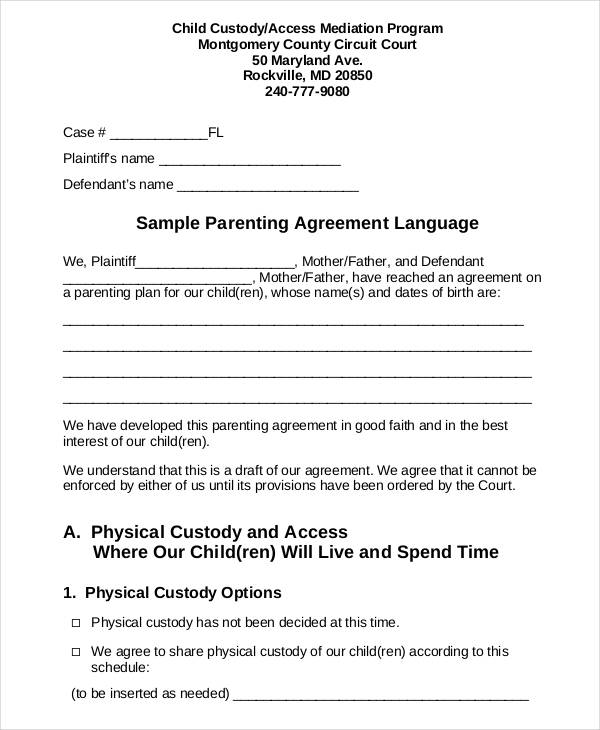
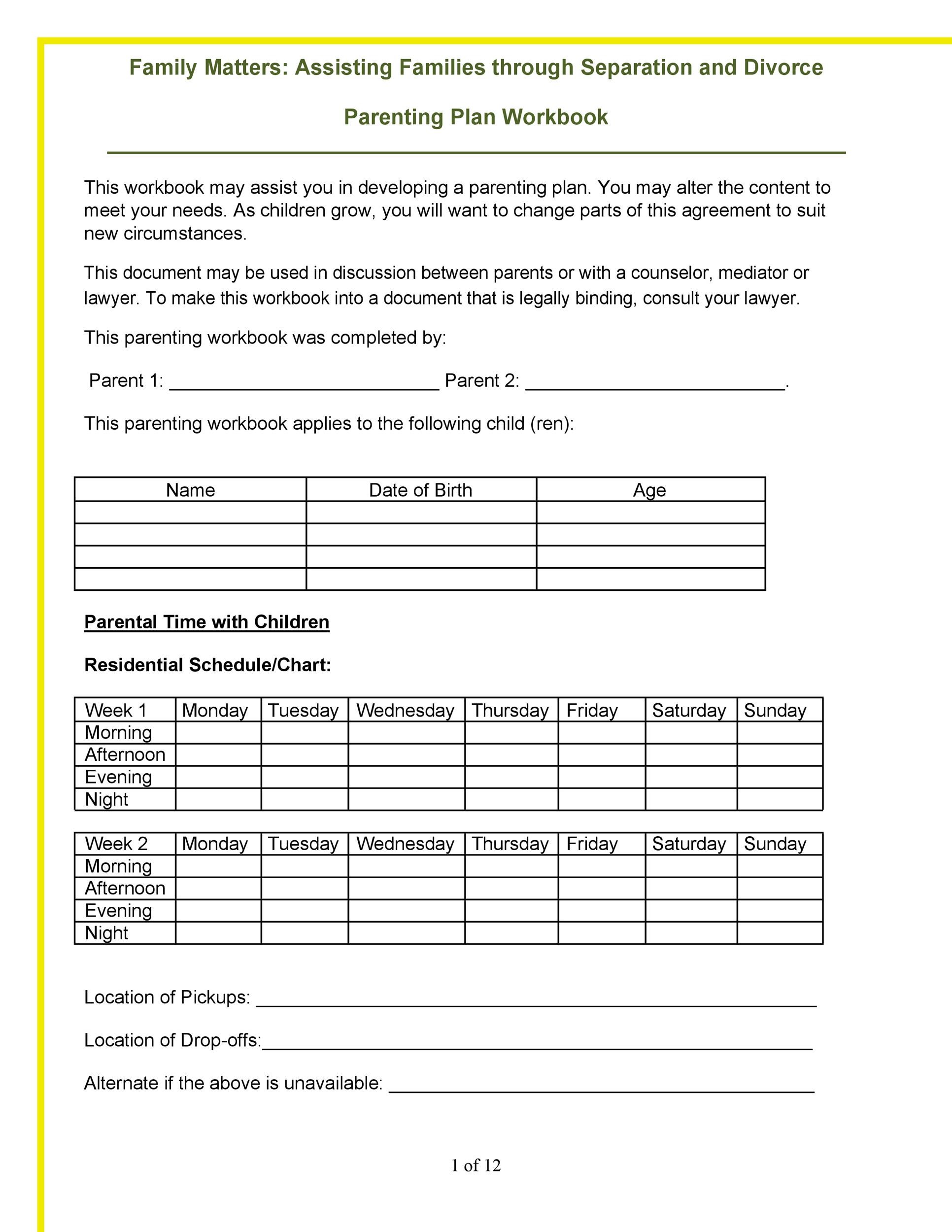
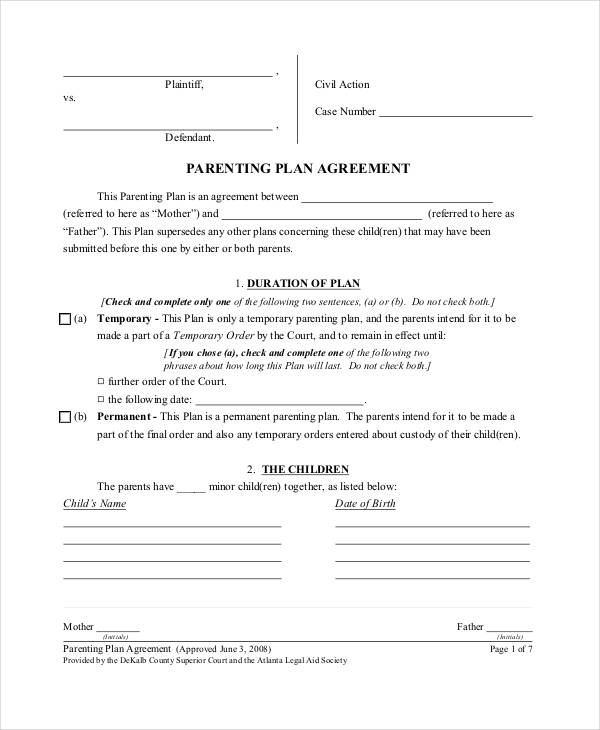
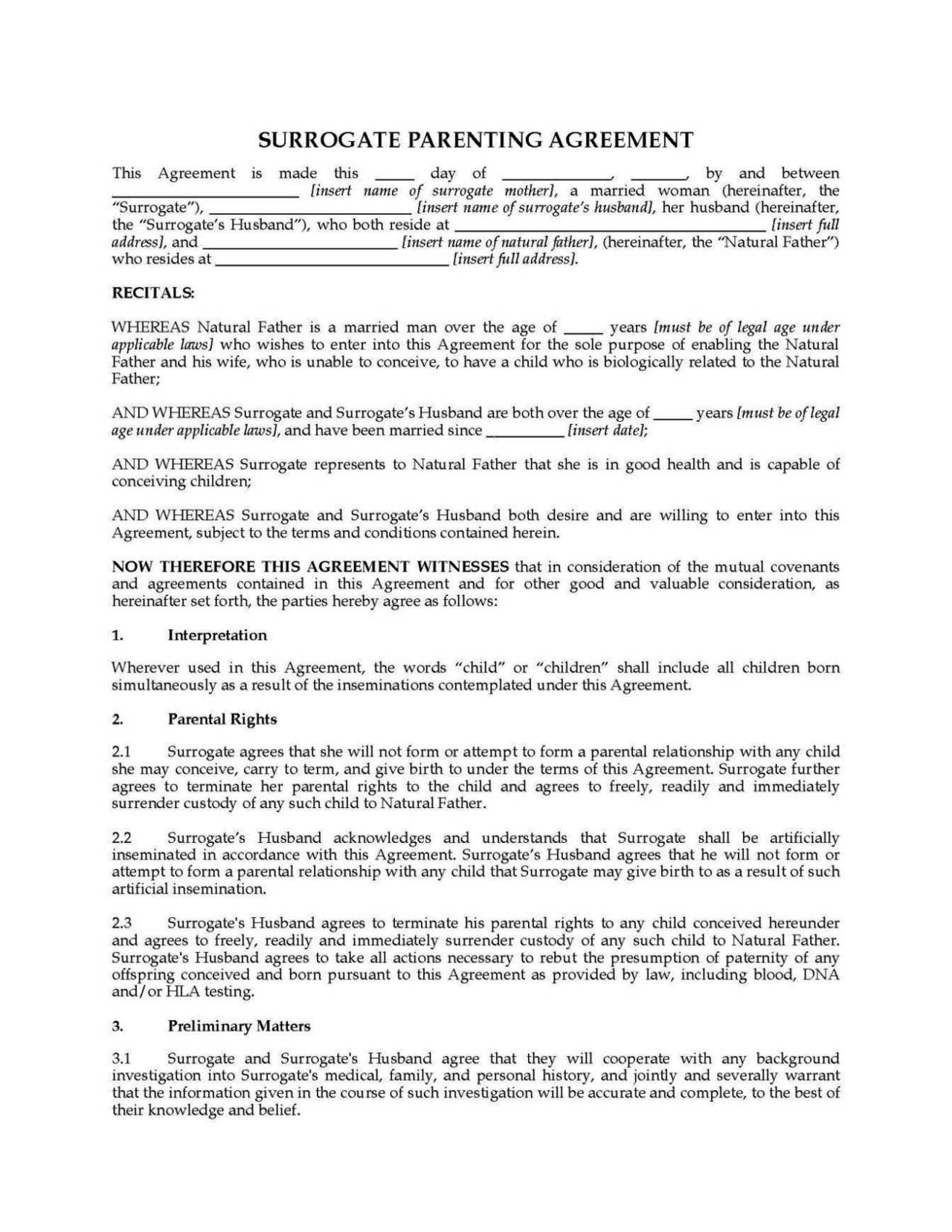
Tips for Successful Co-Parenting with a Parenting Agreement
Here are some tips to ensure a successful co-parenting relationship with the help of a parenting agreement:
- Communicate Openly: Keep the lines of communication open and respectful with the other parent.
- Stick to the Agreement: Adhere to the terms of the agreement to maintain consistency and stability for the child.
- Put the Child First: Always prioritize the child’s best interests when making decisions or resolving conflicts.
- Seek Support if Needed: Don’t hesitate to seek the help of a mediator, therapist, or counselor if co-parenting issues arise.
In Conclusion
A parenting agreement is a valuable tool for co-parents to navigate their co-parenting journey successfully. By clearly outlining expectations, responsibilities, and arrangements, this document helps promote a positive co-parenting relationship and prioritize the well-being of the child. With open communication, mutual respect, and a commitment to the child’s best interests, co-parents can create a stable and harmonious environment for their child to thrive.
Parenting Agreement Template – Download